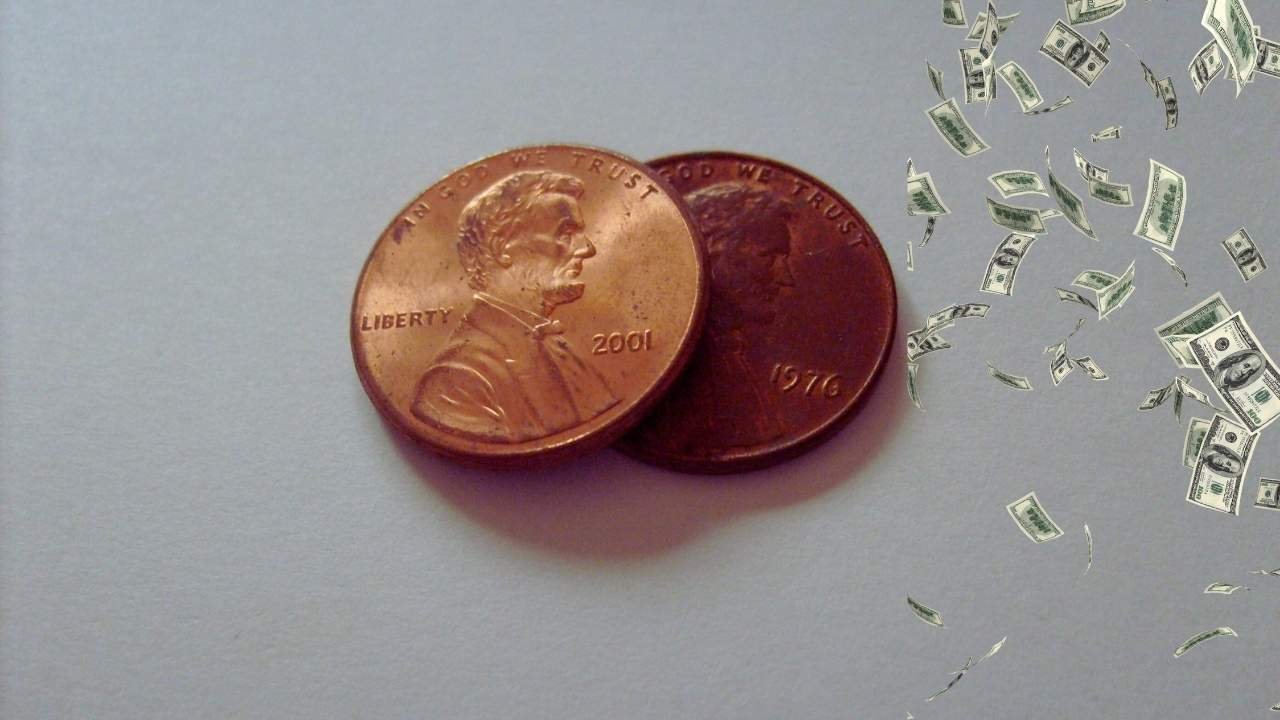In the vast world of coin collecting, certain pieces stand out not only for their rarity but for the stories etched into their metallic surfaces. One such coin is the War-Era Jefferson Nickel, a humble five-cent piece that, under extraordinary circumstances, became one of the most sought-after and valuable coins in American history.
A Coin Born from Conflict
During World War II, the United States faced a critical shortage of materials, including nickel, a metal vital for the war effort. In response, the U.S. Mint made a historic shift. From 1942 to 1945, Jefferson nickels were crafted using a special alloy of 35% silver, 56% copper, and 9% manganese. These coins, now known as War Nickels, marked a significant departure from the standard composition.
To distinguish them from regular nickels, a large mintmark (P, D, or S) was placed above Monticello’s dome on the reverse, the first time the Philadelphia Mint used a mintmark on any U.S. coin.
From Spare Change to a Priceless Artifact
While millions of War Nickels were produced, only a few boast striking errors or unique variations that skyrocket their value. A prime example is the 1943-P 3 Over 2 Jefferson Nickel, where the number 3 was mistakenly struck over a previously engraved 2 in the date, creating a rare and coveted minting error.
Even rarer is the full step War Nickel, where Monticello’s steps are sharply defined and fully visible, a feature seldom preserved due to worn dies and hurried wartime production. In pristine condition, these full step coins can fetch thousands of dollars at auction.
The pinnacle of the series is a 1944-S Jefferson Nickel in near-perfect condition (graded MS68 with full steps), which sold at auction for over $30,000. For a five-cent piece minted to support a nation at war, this was a remarkable leap in value.
Why Collectors Are Obsessed
War Nickels hold a unique place in numismatic history. They represent:
- Historical Significance: A tangible link to America’s wartime sacrifices.
- Rarity: Errors like the 3 Over 2 or full step varieties are exceptionally scarce.
- Affordability: Common War Nickels are accessible for new collectors, while rare variants excite seasoned ones.
Collectors treasure them for their historical weight, accessibility for beginners, and the thrill of uncovering rare errors or high-grade specimens.
A Story of Patriotism and Value
What makes the War-Era Jefferson Nickel truly remarkable is its origin. It was not minted for wealth or prestige but to serve a nation in need. That a coin born of sacrifice could become so valuable decades later is both ironic and poetic.
These nickels remind us that even everyday objects can carry extraordinary stories. They are proof that history does not just live in books, it sometimes jingles in your pocket.
Frequently Asked Questions (FAQs)
Q1: What is a War-Era Jefferson Nickel?
A: War-Era Jefferson Nickels are five-cent coins minted from 1942 to 1945 during World War II. Made with a silver-based alloy (35% silver, 56% copper, 9% manganese) to conserve nickel, they are distinct from standard nickels.
Q2: Why did the U.S. Mint change the composition of nickels during World War II?
A: Nickel was essential for wartime production, particularly for weapons and armor. The Mint switched to a silver-based alloy to preserve nickel for the war effort.
Q3: How can you identify a War Nickel?
A: War Nickels feature a large mintmark (P, D, or S) above Monticello’s dome on the reverse. The P mintmark was the first used by the Philadelphia Mint on any U.S. coin.
Final Thoughts
Whether tucked in a forgotten coin jar or passed down through a family collection, War-Era Jefferson Nickels are more than currency, they are wartime artifacts, miniature tributes to American resilience, and proof that necessity can birth numismatic legends. The next time you encounter a 1940s nickel, take a closer look. You might be holding a piece of history, and perhaps even a fortune.
